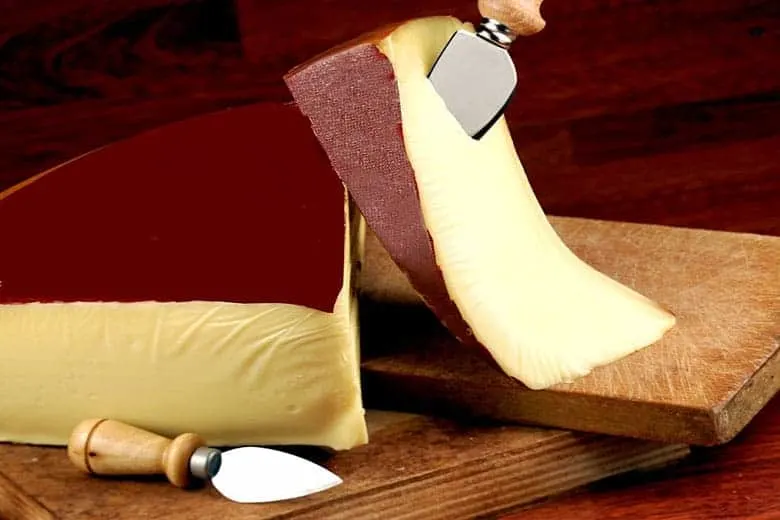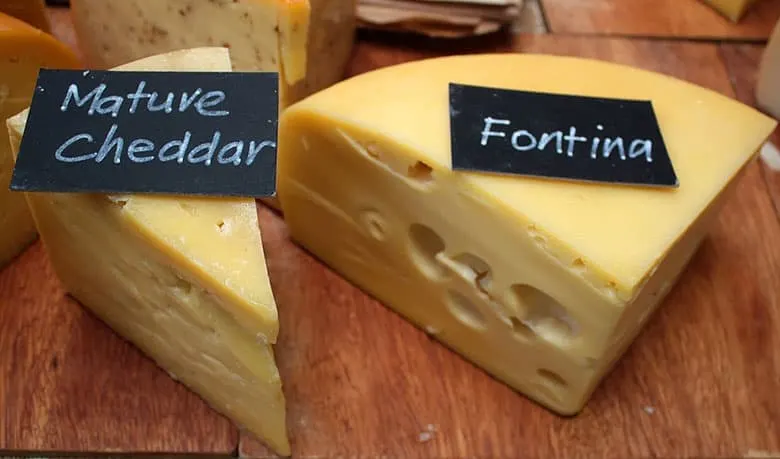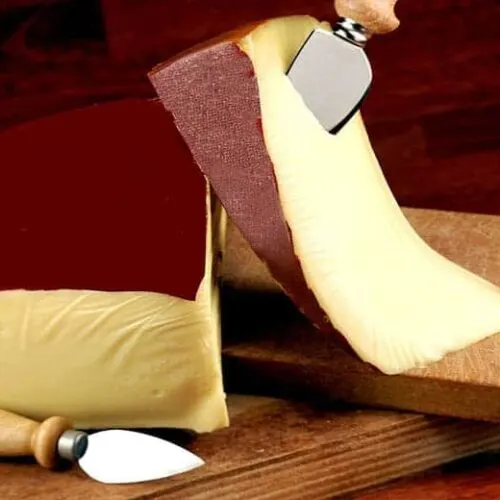If you are reading this write-up, then you must be asking yourself, “What does Fontina cheese taste like?”.
For many of us, cheese is one ingredient that we cannot say no to, regardless of which dish we choose. Even the words cheesy dishes make our mouth water.
But one type of cheese that has become very popular among many cultures is the Fontina cheese.
It is a delicious Italian product used as a dish ingredient and dessert cheese, and its origin goes back to the 13th century.
Unlike other types of cheese, traditional Fontina cheese uses unpasteurized milk collected from a unique breed of cows.
If you want to know more about Fontina cheese, then continue reading this article.
Here, we will discuss all the essential aspects to help you understand everything about Fontina cheese.
What is Fontina Cheese?

Fontina is a milk cheese that has a semi-soft texture, creamy, and pale yellow. It originated from the Aosta Valley in Italy during the 13th century.
One of the unique things that separate traditional Fontina cheese from other types of cheese is that it uses unpasteurized milk. Besides, the milk came from a unique cow breed found in the Aosta Valley.
Gradually, Fontina cheese production became worldwide, with each culture creating its version of Fontina cheese.
You can find several derivatives outside of Italy, such as Sweden, Denmark, the US, Argentina, France, and Quebec.
For this reason, the EU has awarded the original Fontina cheese the status of Designation of Origin (DOP).
What Does Fontina Cheese Taste Like? Does Fontina Cheese Taste Good?

When it comes to taste, the Aosta Fontina cheese has a signature texture and taste. Its texture ranges from medium-soft to hard, while its flavor varies from mild to medium-sharp.
By adding Fontina cheese in other dishes, you get that nutty, creamy, and tart taste.
However, Fontina cheese made outside of Italy has a different taste and texture. For instance, Fontina cheese produced in the United States, Denmark, and Sweden has a softer texture, milder taste, and more holes than the Italian version.
Besides, Fontal and Fontinella are the two other variants with similar taste and appearance to the Aosta Fontina cheese. But they are not the original Aosta Fontina.
The main reason for this difference in flavor is because Fontina cheese made outside of Italy uses pasteurized milk.
Nutritional Value of Fontina Cheese:
According to Organic Facts, a hundred grams of Fontina cheese contains:
- 25g of Protein.
- 20g of saturated fat.
- 31g of fat.
- 390 calories.
Additionally, each serving has other essential nutrients, such as calcium, sodium, phosphorus, vitamin K, vitamin A, and vitamin B12.
From the above data, it is evident that Fontina cheese has several health benefits, such as a healthy heart, reduced intestinal issues, and strong bone.
Besides, it can help in regulating your body’s metabolism and can prevent kidney-related problems.
How to Use Fontina Cheese in Recipes?

Fontina cheese works not only as a dessert cheese or table cheese but also suitable for cooking. Nowadays, it has become one of the favored items worldwide due to its unique taste and versatility.
The combination of nutty, creamy, and mild flavor makes Fontina cheese an ideal choice for many recipes. Besides, it has the right moisture, which allows the cheese to melt evenly and smoothly.
Of course, there are several ways to use Fontina cheese. One way to enjoy this delicate, creamy flavor cheese is by using it as a table cheese.
You can serve Fontina cheese along with crusty bread, black olives, raw vegetables, and fresh fruits. Besides, you can enhance the flavor by adding other table cheeses like Gorgonzola.
Fontina cheese has a tangy flavor and smooth texture, making it a perfect topping for any gratin. You can also blend this cheese with mozzarella and use it on pizza for an enhanced treat.
Besides, Fontina cheese melts evenly and smoothly. So you can use it in pasta, soups, and chowders, among others.
Conclusion

To sum up, Fontina cheese is one of the famous cheese choices throughout the world. It has a long-standing history dating as early as the 13th century.
However, you should note that it is a broad term that covers many different kinds of cheese. So the taste of Fontina cheese will vary on which Fontina style cheese you choose.

What Does Fontina Cheese Taste Like? Does Fontina Cheese Taste Good?
Ingredients
- Fontina cheese
- Ingredients from your favorite recipes
Instructions
- Depending on the recipes you choose, the taste can vastly differ.
- For authentic results, it is important to choose a recipe that will highlight the original flavor.
- Have fun experimenting with different recipes and taste tests!
